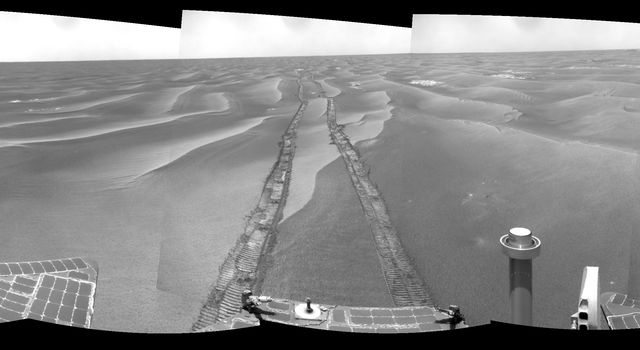 |
| |
Teachable Moment: Mars Rover Mission Comes to an End, But Science, Legacy Live on
This summer, a global dust storm encircled Mars, blocking much of the vital solar energy that NASA’s Opportunity rover needs to survive. After months of listening for a signal, the agency declared that the longest-lived rover to explore Mars had come to the end of its mission. Originally slated for a three-month mission, the Opportunity rover lived a whopping 14.5 years on Mars. Opportunity beat the odds many times while exploring the Red Planet, returning an abundance of scientific data that paved the way for future exploration.
In the latest Teachable Moment from NASA/JPL Edu, education specialist Ota Lutz recounts some of the mission's key engineering feats and science discoveries and celebrates the sense of wonder it brought to living rooms and classrooms around the world. Plus, she shares resources for bringing that same wonder to students through lessons in engineering design, troubleshooting and science.
Read the Blog
Related Lessons and Activities
Use these standards-aligned lessons and related activities to get students doing engineering, troubleshooting and scientific discovery just like NASA scientists and engineers!
|
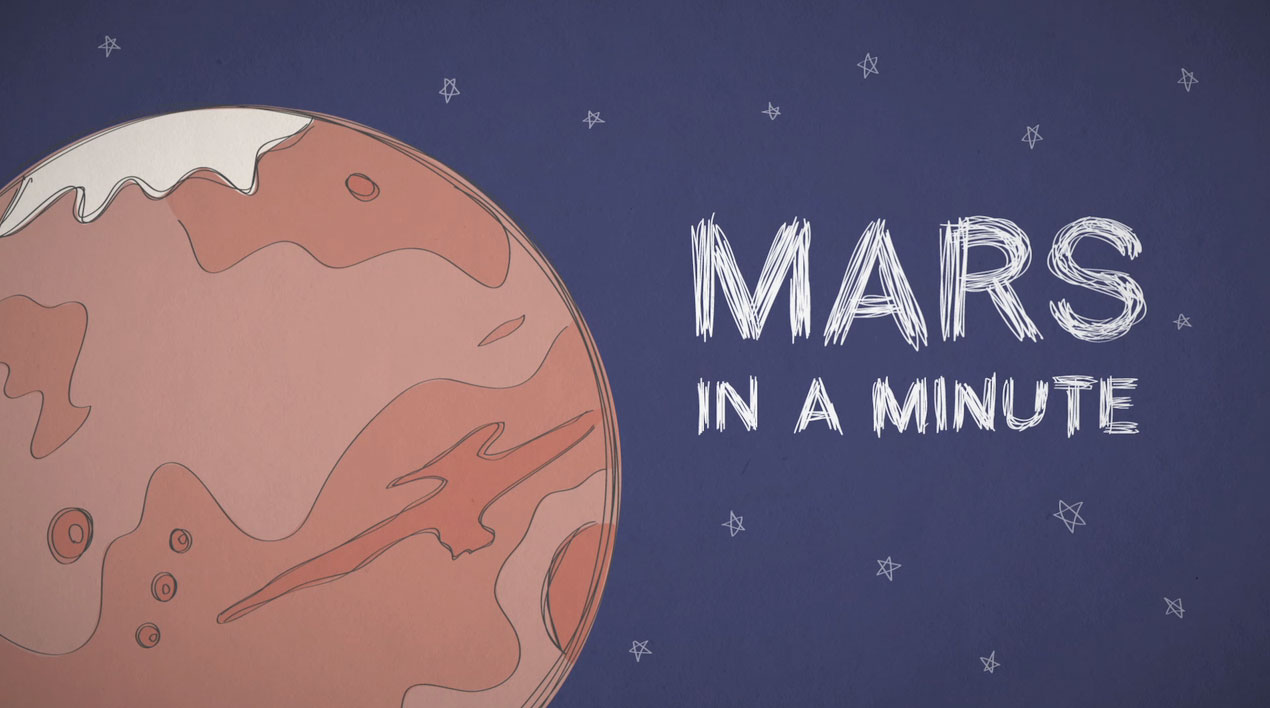 |
Mars in a Minute (Grades K-12) - These 60-second videos answer some of the most frequently asked questions about our planetary neighbor, Mars, and the spacecraft that explore it.
Get started |
|
 |
Robotic Arm Challenge (Grades K-8) - In this challenge, students will use a model robotic arm to move items from one location to another. They will engage in the engineering design process to design, build and operate the arm.
Get started |
|
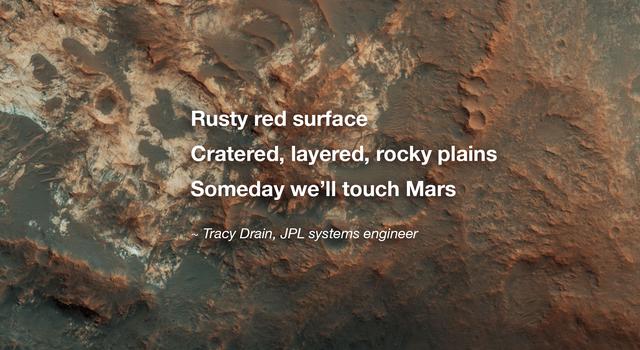 |
Planetary Poetry (Grades 2-12) - In this cross-curricular STEM and language arts lesson, students learn about planets, stars and space missions and write STEM-inspired poetry to share their knowledge of or inspiration about these topics.
Get started |
|
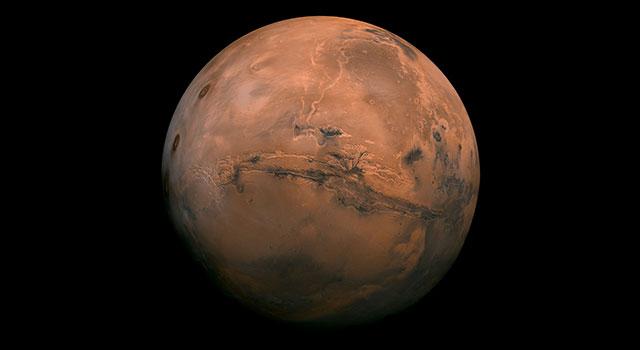 |
Exploring the Colors of Mars (Grades 2-5) - Students use satellite and rover images to learn about the various features and materials that cause color variation on the surface of Mars, then create their own “Marscape.”
Get started |
|
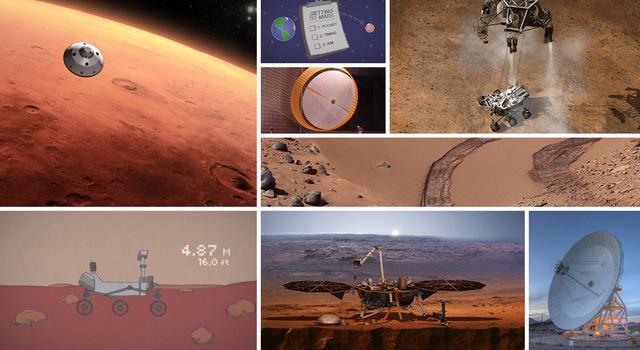 |
Mission to Mars Unit (Grades 3-8) - In this standards-aligned unit, students learn about Mars, design a mission to explore the planet, build and test model spacecraft and components, and engage in scientific exploration.
Read more |
|
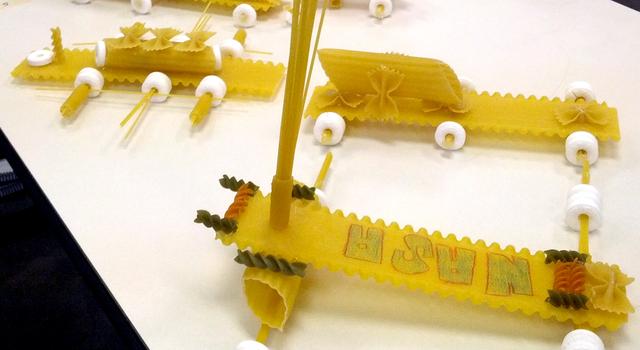 |
Planetary Pasta Rovers (Grades 3-8) – Using only pasta and glue, students design a rover that will travel down a one-meter ramp and then travel an additional one meter on a smooth, flat surface.
Read more |
|
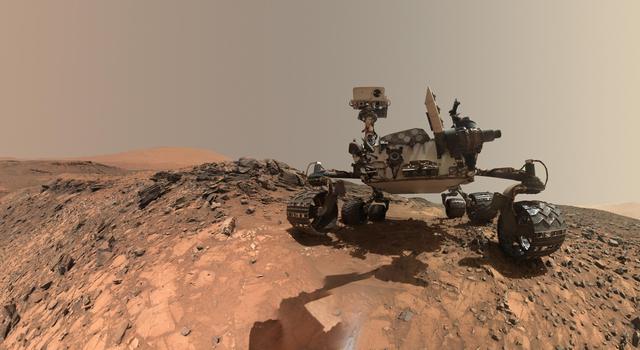 |
Explore Mars With Scratch (Grades 3-8) - Students learn about surface features on Mars, then use a visual programming language to create a Mars exploration game.
Get started |
|
 |
Mars Marathon: A 'Pi in the Sky' Math Challenge (Grades 4-6) - In this illustrated math problem, students use the mathematical constant pi to calculate how many times the Mars rover Opportunity's wheels rotated to get the rover to a marathon distance.
Get started |
|
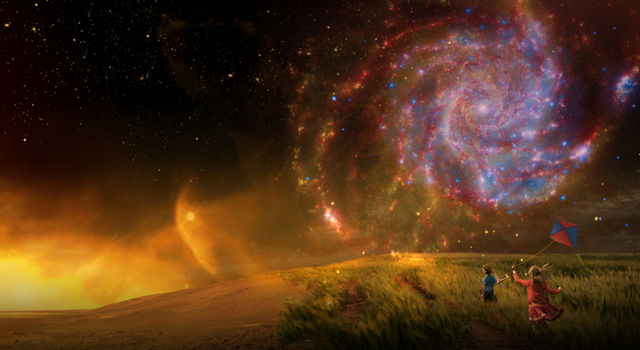 |
Looking for Life (Grades 4-8) - Using the fundamental criteria for life, students examine simulated extraterrestrial soil samples for signs of life.
Get started |
|
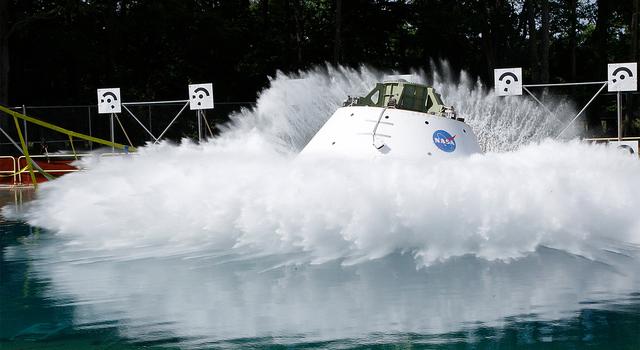 |
Design a Crew Exploration Vehicle (Grades 6-8) - Students will design, build and test a crew exploration vehicle, or CEV, to carry astronauts to Mars – meeting size, mass and payload requirements.
Get started |
|
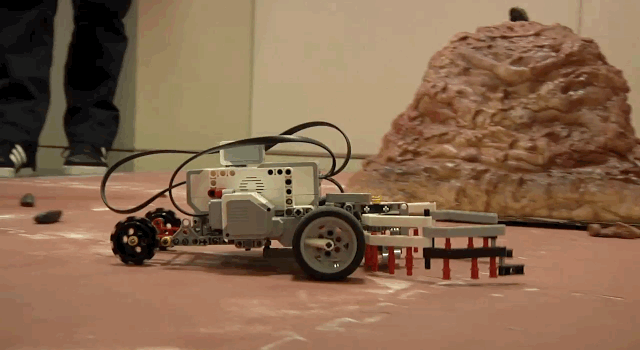 |
Robotics Lessons (Grades 6-9) - In these lessons, students program a rover to complete various challenges.
Get started |
|
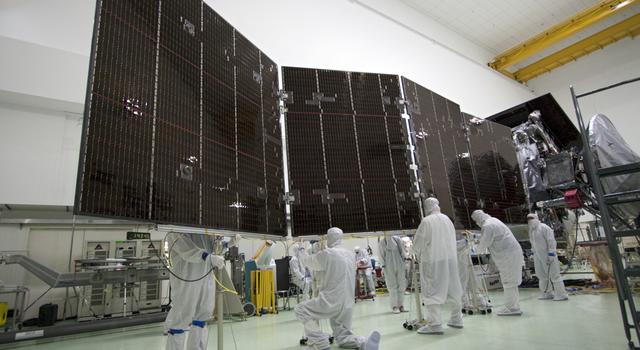 |
Collecting Light: Inverse Square Law Demo (Grades 6-12) - In this activity, students learn how light and energy are spread throughout space. The rate of change can be expressed mathematically, demonstrating why spacecraft like NASA’s Juno need so many solar panels.
Get started |
|
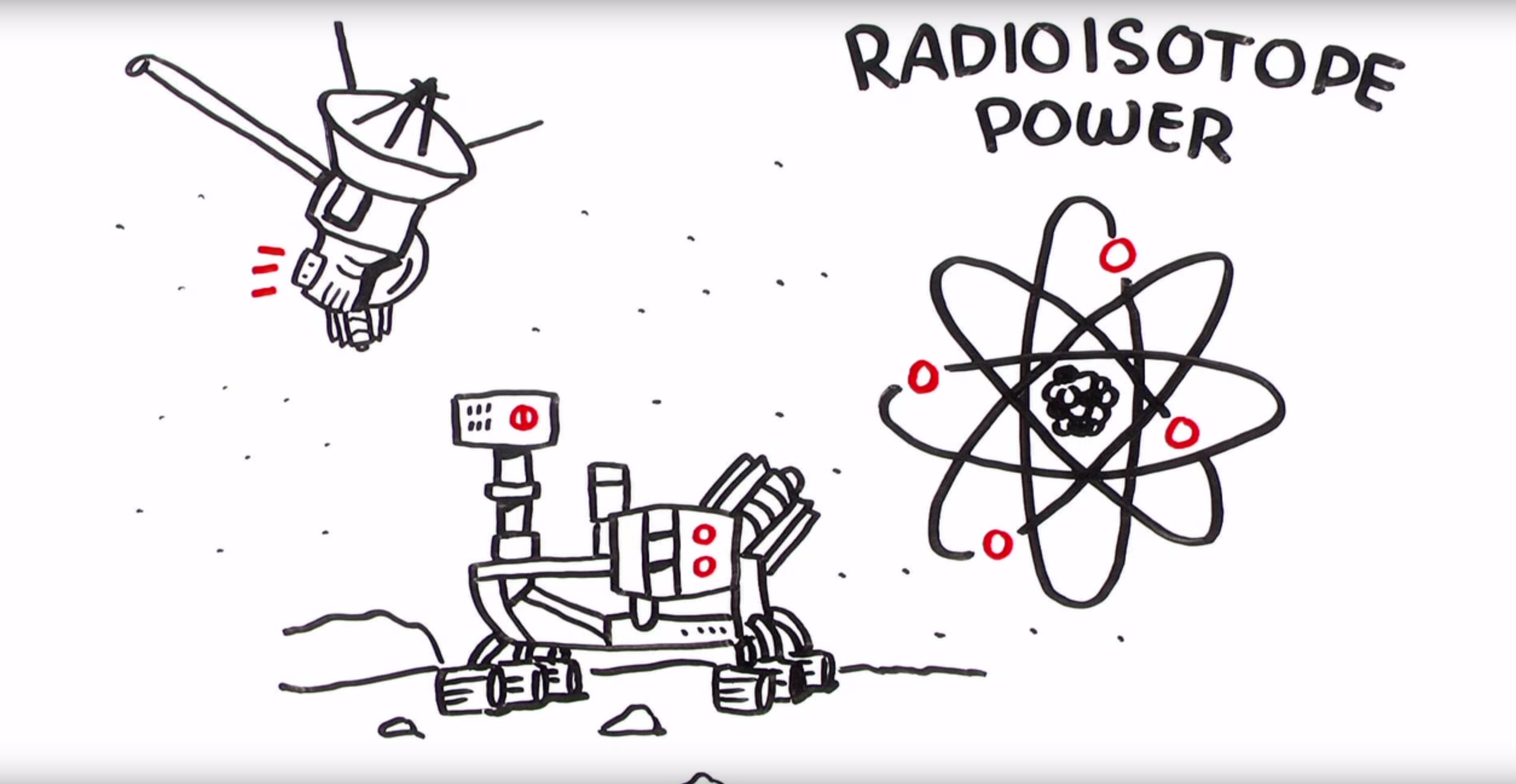 |
Video: Where Do Spacecraft Get Their Power? (Grades 7-12) - This whiteboard video describes how "radioisotope power" allows many spacecraft, such as NASA's Curiosity rover on Mars, to stay powered while traveling through space and exploring other planets.
Get started |
|
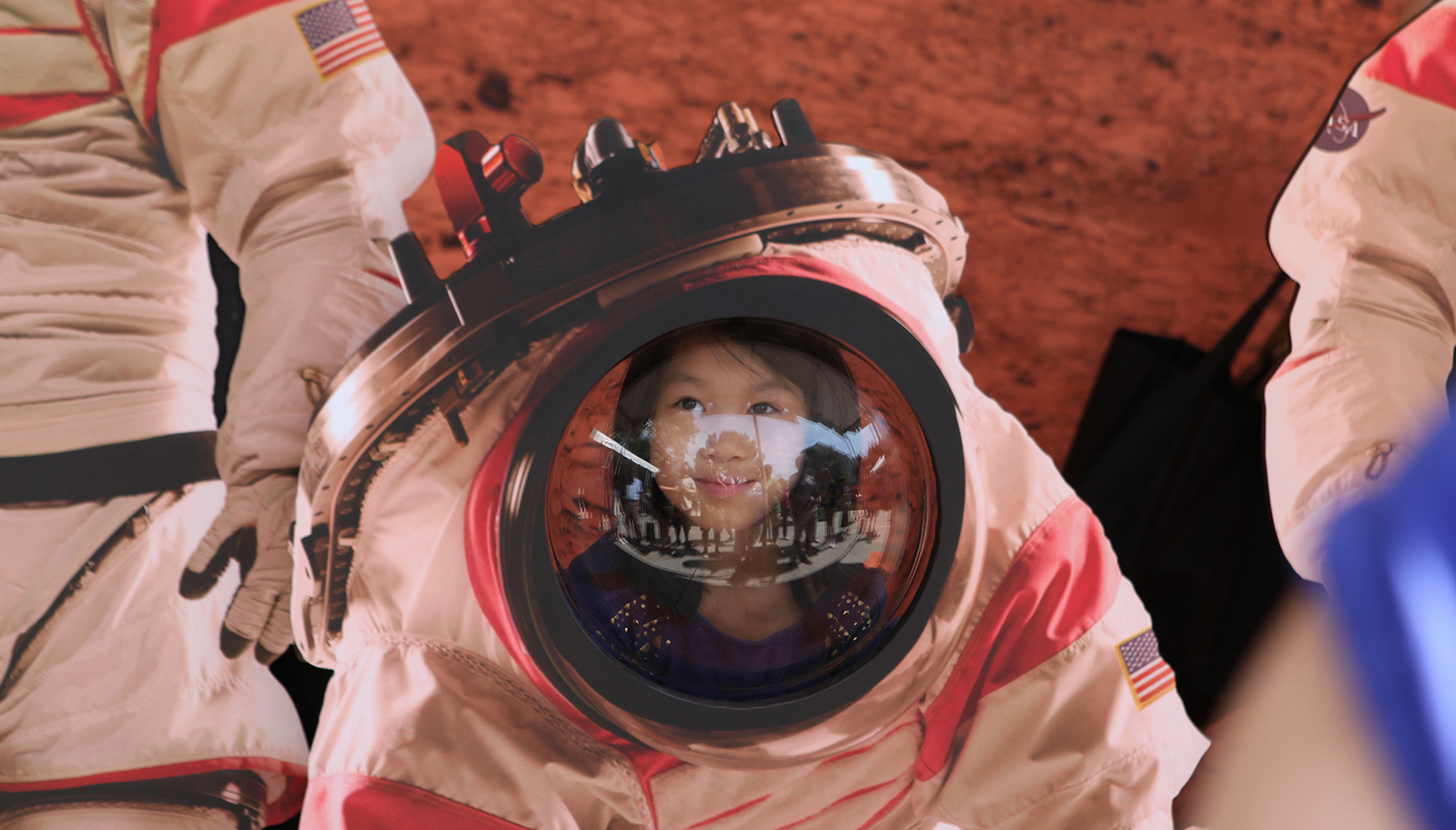 |
Explore the Teachable Moments Collection
Discover opportunities to engage students in science, technology, engineering and math with lessons and resources inspired by the latest happenings at NASA.
Check it out |
|

